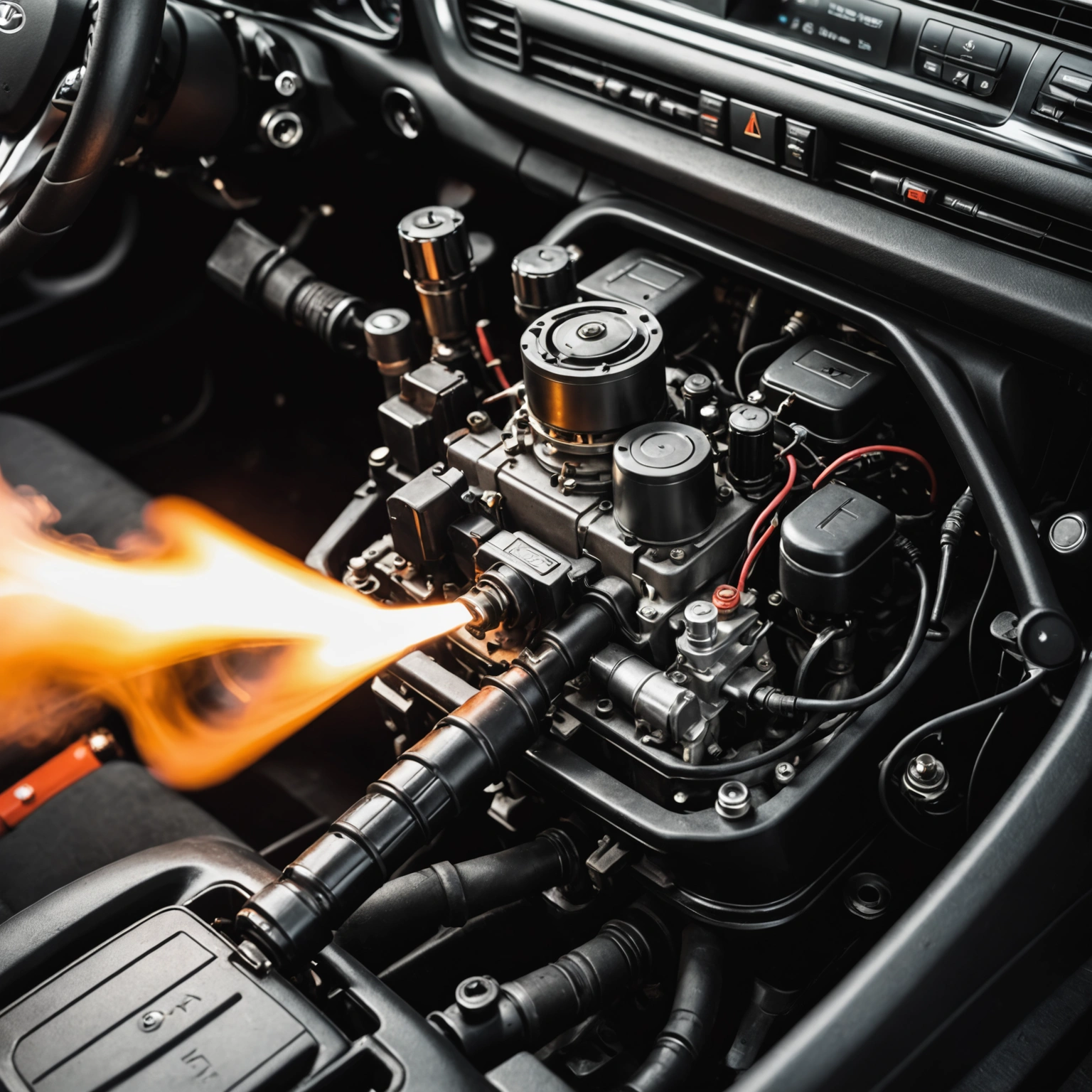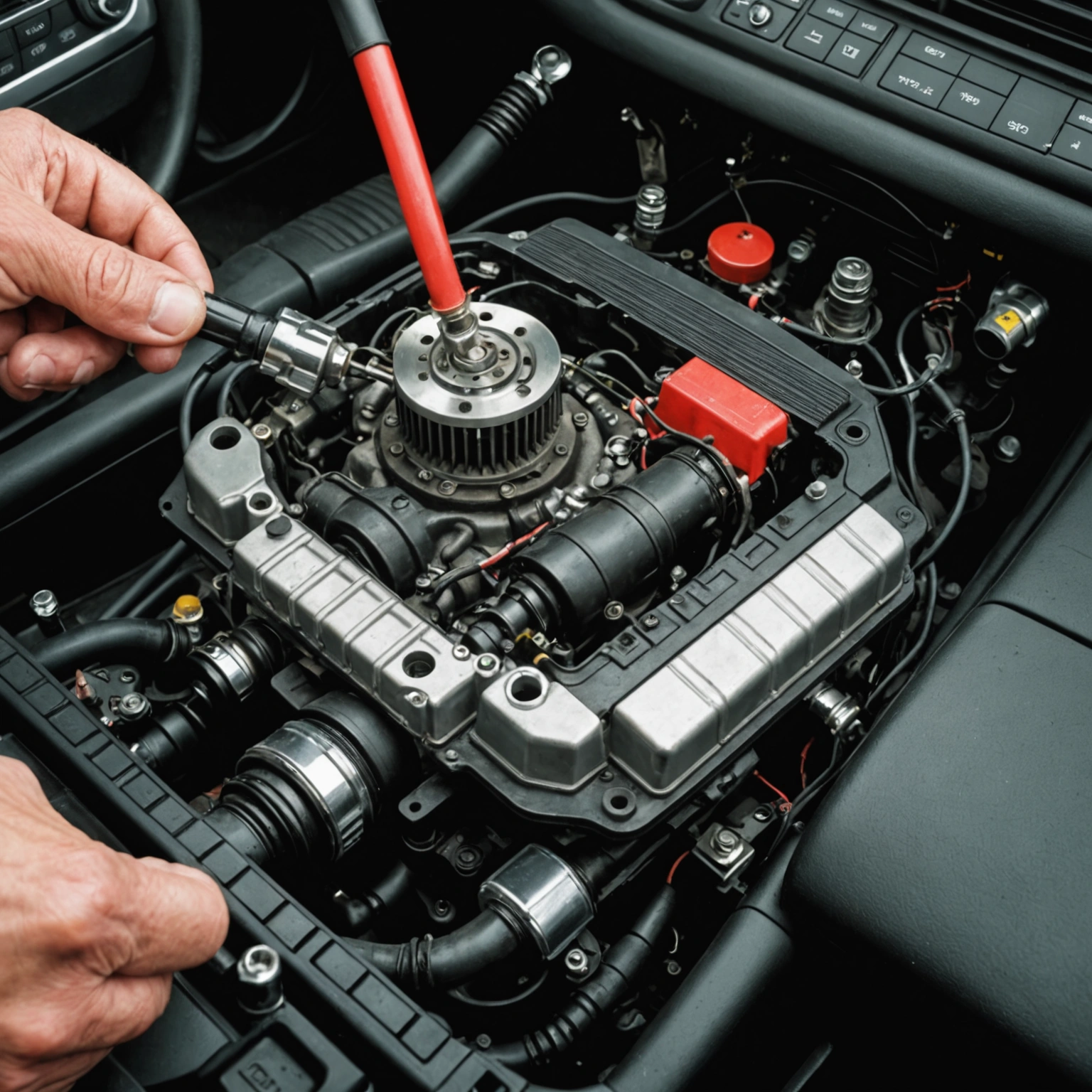**Understanding How Automobile Ignition Systems Work**
Ever wonder how your car’s engine comes to life when you turn the key or press the start button? Behind this seemingly simple action lies a sophisticated system known as the ignition system. This vital component ignites the air-fuel mixture in your engine’s cylinders, enabling your vehicle to run smoothly. Let’s take a closer look at how automobile ignition systems work.

### What Is an Ignition System?
The ignition system’s primary function is to generate a high-voltage electrical spark at the right moment to ignite the compressed air-fuel mixture inside each cylinder. This process produces the combustion necessary to power your vehicle.

### Components of a Typical Ignition System
– **Ignition Switch:** The control used by the driver to start or turn off the engine.

– **Battery:** Provides the electrical energy needed to power the ignition system.
– **Ignition Coil:** Converts low voltage from the battery into a high-voltage spark.

– **Distributor:** Distributes high-voltage electricity to the correct cylinder at the right time.
– **Spark Plugs:** Deliver the spark into the combustion chamber.
– **Ignition Control Module:** Manages the timing and firing of the spark.
– **Crankshaft or Camshaft Position Sensors:** Provide real-time data on engine position to ensure precise timing.
### How the Ignition System Works
1. **Turning the Key or Pressing the Start Button:**
When you turn the ignition switch or press the start button, it sends an electrical signal to the ignition system and starter motor.
2. **Powering the Ignition Coil:**
The battery supplies voltage to the ignition coil. When the ignition is turned on, the coil becomes energized, creating a magnetic field.
3. **Generating the High Voltage:**
The ignition control module or points (in older systems) interrupt the current flow in the coil, causing the magnetic field to collapse rapidly. This rapid collapse induces a high-voltage surge—often between 12,000 and 45,000 volts—inside the coil.
4. **Distributing the Spark:**
The high-voltage current travels from the ignition coil to the distributor (in traditional systems). The distributor rotor directs this high voltage to the correct spark plug via its corresponding ignition wire.
5. **Igniting the Air-Fuel Mixture:**
The spark plug receives the high-voltage current, creating a spark across its electrodes. This spark ignites the compressed air-fuel mixture in the cylinder, causing combustion.
6. **Engine Combustion:**
The combustion pushes the piston down, turning the crankshaft and producing mechanical energy that powers the vehicle.
7. **Timing is Everything:**
The entire process is precisely timed, often managed by electronic control units (ECUs) in modern vehicles, ensuring sparks occur at the optimal moment during the piston’s compression stroke for efficient combustion.
### Modern Advances: Electronic and Ignition Systems
Contemporary vehicles often feature electronic ignition systems that eliminate traditional mechanical components like points and distributors. Instead, they use sensors and control modules to precisely manage spark timing, improving efficiency, performance, and emissions.
### Summary
In essence, the automotive ignition system is a finely tuned process that transforms electrical energy into a spark capable of igniting the engine’s air-fuel mixture. This orchestrated sequence—from turning the ignition switch to the spark igniting the fuel—powers your vehicle and gets you on the road.
Understanding how your car’s ignition system works not only deepens your appreciation for modern automotive engineering but also helps in diagnosing and maintaining your vehicle effectively.

